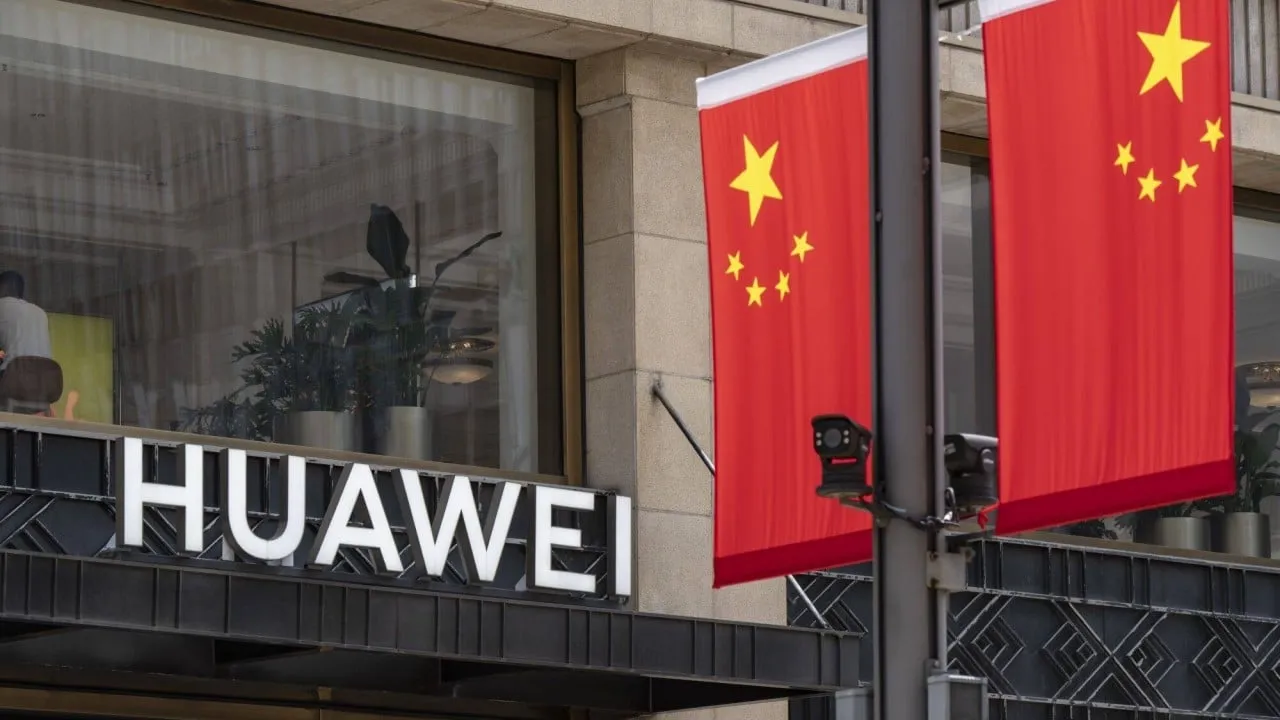Ascend 910C and China's Semiconductor Subsidies in the US Chip War

China's Semiconductor Push: Key Developments
In a bold move amidst the escalating chip war with the US, China is significantly increasing state subsidies for its semiconductor industry. Major players like Hua Hong Semiconductor and Naura Technology Group are among those benefiting from these government funds. In 2023, the total state support reached 20.53 billion yuan (US$2.82 billion), marking a 35 percent increase from 2022.
Significant Recipients of Government Support
- Huawei Technologies led the way with 7.3 billion yuan in subsidies, increasing from 6.5 billion yuan in 2022.
- BYD secured 4.6 billion yuan, demonstrating a substantial 176 percent year-on-year jump.
- SMIC received approximately 2.6 billion yuan, up 32 percent from last year.
- Sanan Optoelectronics reported 1.7 billion yuan, increasing 60 percent year on year.
Strategic Responses to US Sanctions
Beijing's intensified focus on technological self-sufficiency includes the setup of a major investment fund aimed at bolstering its semiconductor sector. As Nvidia limits its shipments to China, companies like Huawei are racing to fill the void with innovations like the Ascend 910C chips, which are now being showcased to potential clients.
Ongoing Challenges and Future Outlook
While the funding surge showcases progress, challenges remain. The Chinese semiconductor industry is striving for advancements in key areas like lithography and inspection tools. However, with state backing and strategic investments, the sector is poised for a competitive edge.
This article was prepared using information from open sources in accordance with the principles of Ethical Policy. The editorial team is not responsible for absolute accuracy, as it relies on data from the sources referenced.